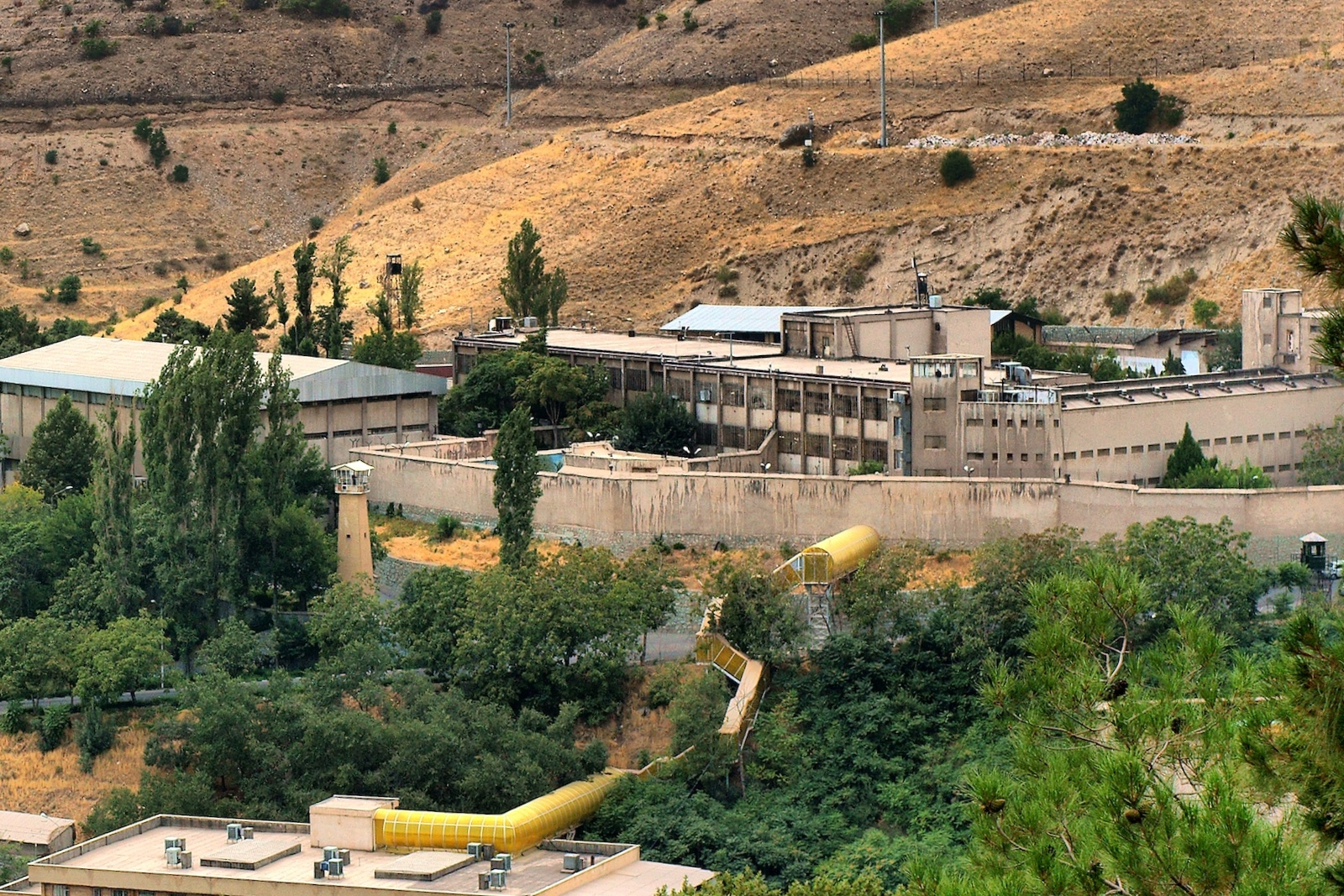
Systematic Forced Labour of Iranian Prisoners
Iran’s use of prisoners as forced labour deserves more attention, scrutiny, and ultimately, intervention by the international community. New light was shed on the problem following recent public comments by Iranian officials that prisoners are being exploited as a source of cheap labour in the country.
In Iran, the so-called “private sector” mainly comprises companies affiliated with the country’s Islamic Revolutionary Guard Corps together with religious institutions and organizations under the control of Ali Khamenei, the country’s supreme leader.
In other words, the prisoners’ workforce is pre-sold to the private and public sectors while their wages are looted.
Prisoners in Iran are mostly comprised of people who have failed to pay their financial debts or committed other offences due to economic conditions beyond their control. Prisoners are forced to work for the duration of their imprisonment. The most formal type of work for prisoners is employment in workshops or re-location to remote areas such as quarries and mines. Prisoners are forced to work for hours on end without interruption and without rest time. According to the standard contract, three-fourths of a prisoners’ salary belongs to the prison administrators. For example, if a prisoner’s monthly salary is set at $200, $150 goes to the prison administrators and $50 to the individual prisoner.
Prisoners are also assigned jobs such as carpet weaving, spinning, and sewing, and the production of tools and equipment. The amount of production is determined based on market needs and profitability. Since Iranian prisoners are at the disposal of the prison administrators, they put extreme pressure on them to work according to the schedules set by the administrators.
According to current reports, quarries and mines and some private workshops have contracted with prisons in Isfahan Province to employ prisoners for higher profits. Previously, these factories employed Afghan workers, but, due to their lower wages, prisoners are now forced to work in these factories.
Some prisoners inevitably give in to forced labour to pay their heavy fines and bail issued by regime courts. Others are forced to accept these conditions with the promise of leave and parole. Additionally, some Iranian prisoners are forced to work for a small wage to pay not only for their expenses in prison but also to provide for their families.
In early March, Mohammad Mehdi Haj Mohammadi, the head of Iran’s prisons, said that he intends to move Tabriz prison outside of the city so that it can be expanded to house more prisoners and make more use of them. Mohammadi suggested: “Prisoners are cheap labour, and the use of this workforce by the private sector gives them and the prisoners the privilege of a win-win situation.”
At the same time, working conditions for prisoners are exhaustive and their basic needs are not provided for.
In August 2020, Amnesty International released documents stating that Iranian prisoners were catastrophically lacking the equipment needed to deal with the coronavirus outbreak.
Amnesty International released pictures of four letters from Iran’s Prisons Organization, which operates Iran’s prisons, to the Ministry of Health warning of “severe shortages of personal protective equipment, disinfectants, and key medical equipment and supplies.”
The exploitation and forced labour of prisoners from both the stance of human rights and prisoner’s treatment protocols are examples of human rights violations. It also amounts to a form of modern slavery and deserves to be highlighted and addressed by the international community as part of the regime’s wider systematic human rights violations.

